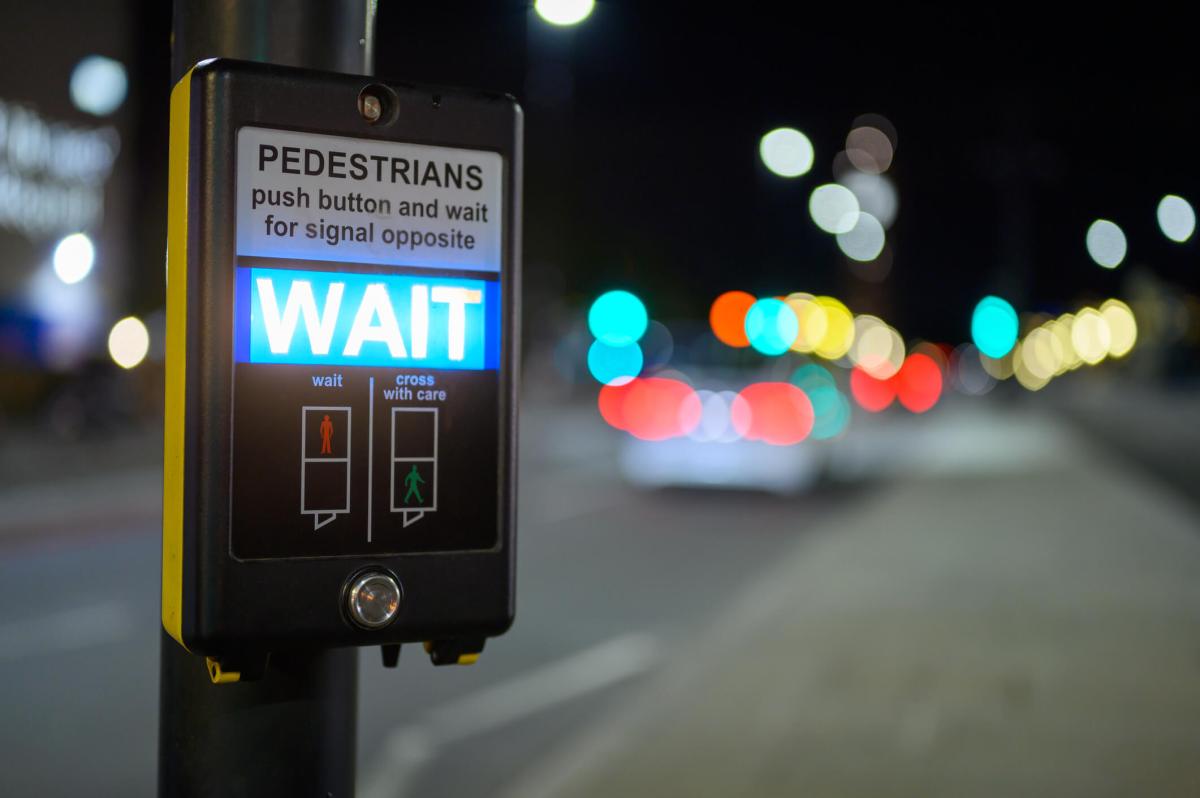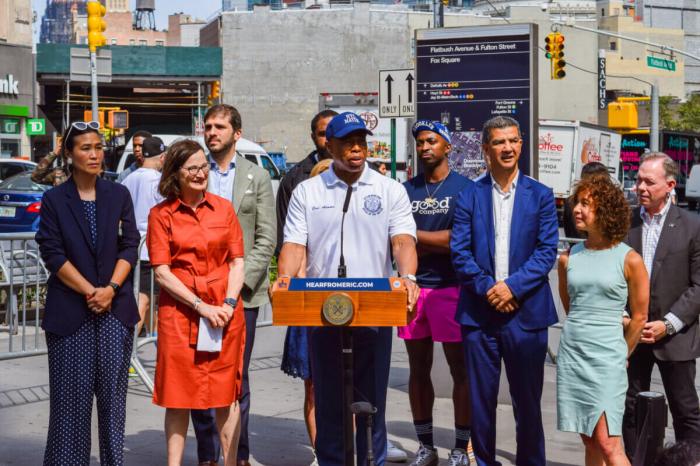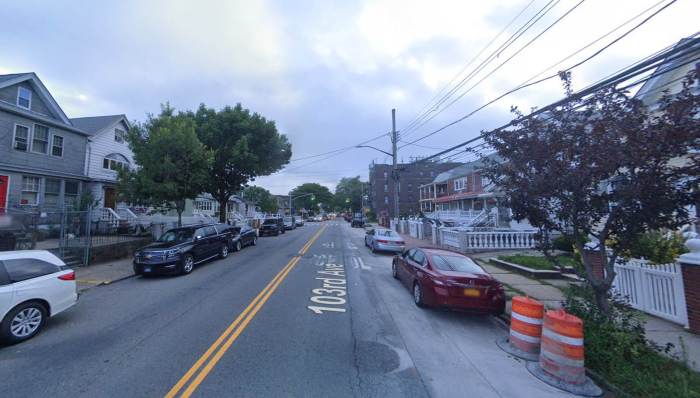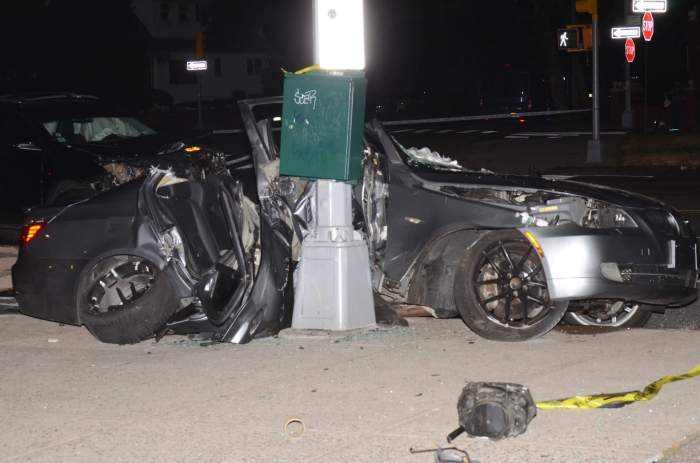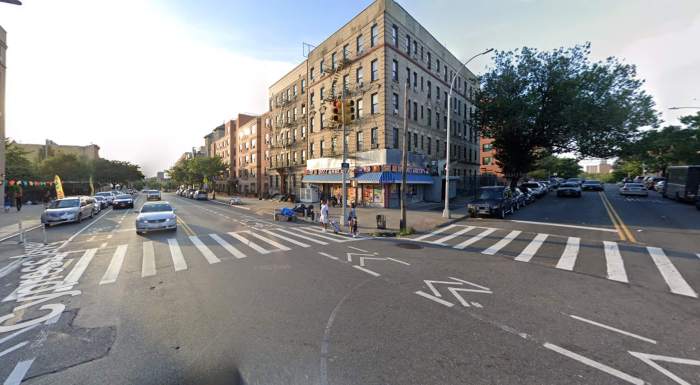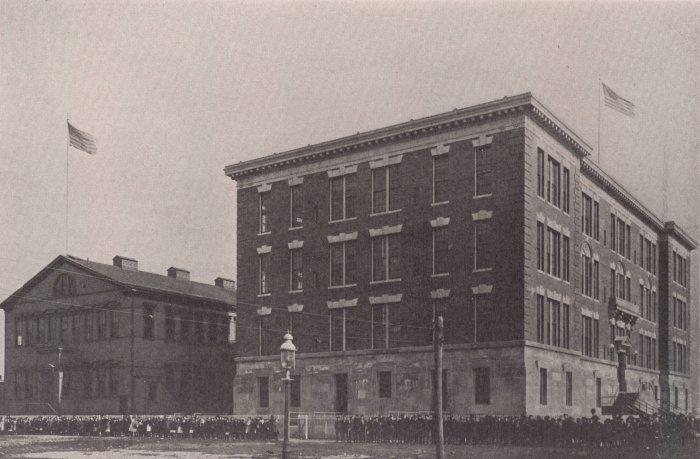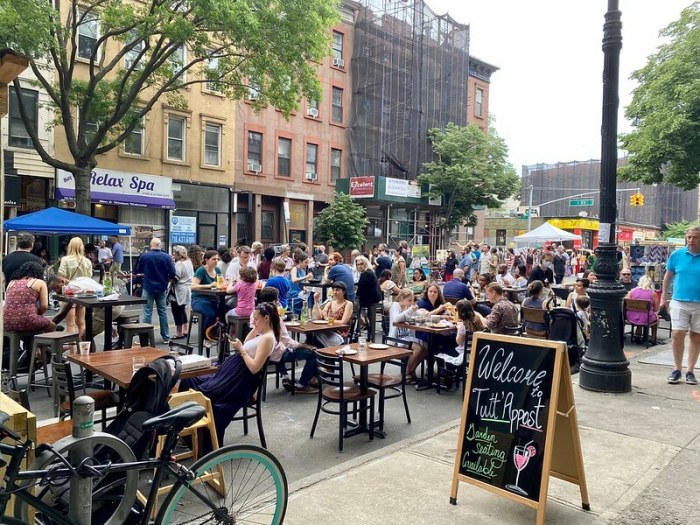This month marks the three-year anniversary of a federal judge’s direction that the city step up the pace in ensuring 200,000 visually impaired New Yorkers, as well as thousands of blind tourists who visit the Big Apple annually, can safely navigate its notoriously busy streets.
At the time, a paltry 3.4 percent of the Big Apple’s 13,200 signaled intersections were equipped with Accessible Pedestrian Signals (APS), which provide signals in the form of audible tones or vibrations that indicate it’s safe to cross the street.
As of this past August, the Department of Transportation (DOT) had installed APS at 481 intersections across the city. That’s roughly only three dozen more locations added since 2020, when Judge Paul Engelmayer ruled that 3.4 percent of New York’s signaled intersections that were APS-enabled violated the Americans with Disabilities Act.
A year later, Judge Engelmayer, in a first-of-its-kind decision, again weighed in, directing that at least 10,000 city intersections have APS installed by 2031 – 9,000 over the next decade – with all remaining intersections enabled by 2036.
The city should prioritize not only meeting but beating this court-ordered deadline. Doing so will send a strong message to visually impaired New Yorkers – from athletes who train on city streets and parks, to everyday pedestrians and commuters – that their safety is a top priority.
It will also signal to every disabled individual that their needs are not, as is far too often the case, an oversight, or an afterthought.
The DOT maintains it is on pace to at least meet its goal of 500 APS-enabled crosswalks in 2023. By the court’s order, that pace must accelerate over the next five years to 900 intersections annually. Again, simply meeting the mandate is not enough. We can – and must – do better.
My organization, VISIONS/Services for the Blind and Visually Impaired serves over 7,000 individuals each year. Most of our participants live in or frequently travel to New York City. Crossing busy streets is both stressful and dangerous for them, but dedicated bike and turning lanes, vehicles illegally or double parked, and inattentive drivers pose a risk to all pedestrians.
New York is a city of pedestrians and is known around the globe for its walkability. This contributes significantly to improved life expectancy, as walking has been clinically shown to boost both physical and mental health.
Independence and self-sufficiency are common goals for individuals with vision impairment, who don’t want to rely on a sighted person for assistance to navigate the city where they live, go to school, or work. New York has prioritized pedestrian-friendly initiatives and is trying to discourage more cars – including through Manhattan’s soon-to-be implemented congestion pricing plan – but its streets remain far too dangerous, even deadly.
Adding additional APS-enabled crosswalks will help address these dangers. But the truth is that safer crosswalks are just one piece of the puzzle to achieving a truly inclusive city – the kind of city where the approximately 1 million New Yorkers living with some type of disability can access public spaces and transportation independently and successfully.
Though New York ranked high in a 2022 tourist survey of the world’s top 10 most accessible cities, it has lagged behind other major U.S. cities in ensuring access in areas critical to ensuring the safety and security of disabled individuals, including sidewalks, taxis, storm shelters, and, most notably, the subway system.
As of this past summer, a pitiable 27 percent of subway stations – 126 of 472 total – were deemed accessible under the Americans with Disabilities Act, which means they are usable by riders with a wide range of disabilities and reachable via ramps or elevators.
It has taken multiple class action lawsuits to force the city to come up with a plan to address this problem, and the resulting timeline and cost of the undertaking – more than three decades and billions of dollars – is simply untenable.
Disability rights activists have had to fight tooth and nail to secure what they are entitled to by law. They have sued over everything from lack of accessibility in city parks, on sidewalks and curbs, and even a public transit system created solely to meet the needs of disabled riders. Legal action should be a last resort, not a nearly foregone conclusion. It is far past time for the city to step up and recognize this.
Nancy D. Miller is executive director/CEO VISIONS/Services for the Blind and Visually Impaired is a 96-year-old nonprofit vision rehabilitation and social service organization providing free training and services for people of all ages who are legally blind and severely visually impaired and their families and unpaid caregivers.



